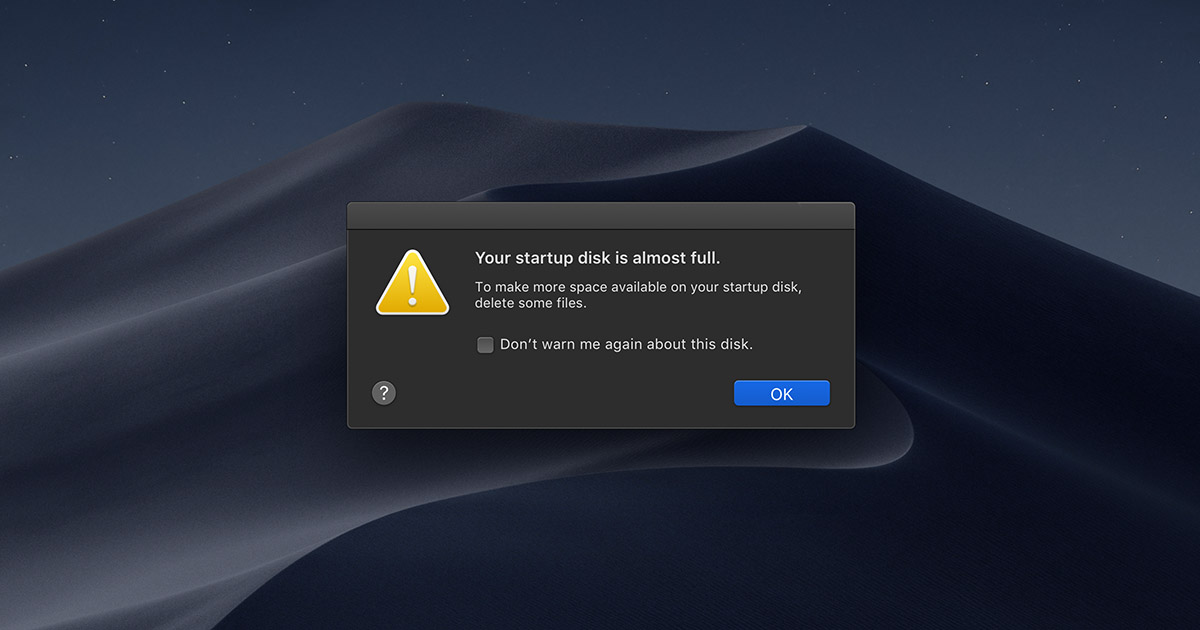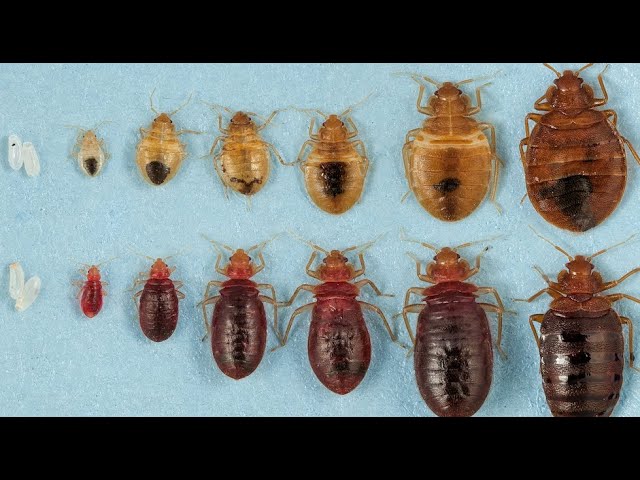What is a Startup Disk on a Mac
A startup disk is a bootable volume or drive that contains a copy of the OS X operating system and is used to start up, or boot, your Mac. The term can also refer to a partition on your hard drive that contains a bootable copy of the OS X operating system. When you start up from a startup disk, your Mac loads only the essential components of the OS X operating system and none of the other software that normally runs on your Mac.
If you’re a Mac user, you’ve probably heard of the term “startup disk.” But what is a startup disk, and why is it important?
A startup disk is simply a volume or partition of a drive that contains a bootable operating system.
When you start up your Mac, it will automatically boot from the startup disk. The most common startup disk is your Mac’s internal hard drive, which typically contains the macOS operating system.
However, if you want to install another operating system on your Mac (like Windows), you’ll need to create a separate startup disk for it.
This can be done using an external hard drive or USB flash drive. When you plug in the drive and restart your Mac, you’ll see a menu that allows you to choose which operating system to boot from.
So why is having a separate startup disk important?
If something goes wrong with your main macOS installation, you can always boot from your backup and continue working without any interruptions. Plus, if you ever want to sell or give away your Mac, simply reformatting the internal hard drive will erase all of your personal data—but if you have a separate startup disk with another OS installed, they’ll never be able to access it.
HOW TO: Choose your startup disk on Mac
Mac Startup Disk Not Showing
If you’ve been using your Mac for a while, you may have noticed that the startup disk doesn’t always show up when you restart your computer. There are a few possible reasons for this:
– Your Mac is set to start up from a different disk: If you’ve recently changed the startup disk in your System Preferences, then it’s possible that your Mac is simply booting from the new disk instead of the startup disk.
To check this, open System Preferences and click on the “Startup Disk” icon. If a different disk is selected here, then that’s probably why it’s not showing up at startup.
– The startup disk is corrupted or damaged: If the startup disk is having problems, it may not show up at all during startup.
This could be due to physical damage to the drive, corruption of important system files, or other issues. If you think this might be the case, try running Apple’s Disk Utility program to repair the startup disk.
– There are hardware issues: In some cases, hardware problems can prevent the startupdisk from being seen by the computer.
This is most likely to occur if there are issues with the hard drive itself or with the connection between the hard drive and the rest ofthe computer. If you suspect there might be hardware problems, try starting up from an external hard drive or from a bootable CD/DVD (if available).

Credit: www.reddit.com
How Do I Find the Start Up Disk on My Mac?
Assuming you would like tips on how to locate your Mac’s startup disk:
Your Mac’s startup disk is the volume that contains the OS X operating system and built-in apps. This is where you’ll want to install software updates and new apps.
To find your startup disk:
1. Open Finder and click on the “Macintosh HD” icon in the sidebar.
2. In the window that opens, click on the “Applications” folder.
3. Locate the “Utilities” folder and open it.
4. Within Utilities, double-click on the “Disk Utility” icon.
5. Your startup disk should be listed in the left sidebar of Disk Utility under “Macintosh HD.”
If it’s not there, make sure you’re looking at the correct drive (select it from the drop-down menu at the top of Disk Utility).
What Happens If You Delete the Startup Disk on Mac?
When you delete the startup disk on Mac, all of the files and applications stored on that disk are deleted as well. This can be useful if you want to get rid of all of the data on your computer, but it can also be disastrous if you accidentally delete the wrong disk.
If you delete the startup disk, you will not be able to start up your computer.
You will need to reinstall the operating system and all of your applications. This can be a time-consuming process, and it may not be possible to retrieve any of your data from the deleted disk.
How Do I Get My Mac Out of Startup Disk Mode?
If you’re seeing a “Your startup disk is almost full” message on your Mac, it means that you need to free up some space on your hard drive. One way to do this is to put your Mac into what’s called “startup disk mode.” This will allow you to only boot up your Mac with the bare minimum of files and programs.
To do this, follow these steps:
1. Shut down your Mac.
2. Press and hold the Option key while you turn on your Mac.
3. Select your startup disk (usually Macintosh HD) from the list of drives that appears.
4. Click the arrow next to the selected startup disk, then choose Restart from the pop-up menu.
5. When asked if you want to restart in Startup Disk mode, click Restart or press Enter/Return on your keyboard.
6. Your Mac will now only boot up with the essential files and programs needed to run macOS Sierra or El Capitan; everything else will be hidden from view until you exit Startup Disk mode by restarting normally (i.e., without holding down any keys during startup).
Why is My Mac Saying My Startup Disk is Full?
When your Mac’s startup disk is full, it can cause all sorts of problems. Your computer may run slowly, and you may not be able to install new software or save files. So why is my Mac saying my startup disk is full?
There are a few possible reasons. One is that you have too many applications installed, and each one is using up some of the available space on your startup disk. Another possibility is that there are large files taking up space on your startup disk, such as video files or image files.
Or, it could be a combination of both factors.
If you’re not sure what’s causing your startup disk to fill up, there are a few things you can do to free up some space. First, take a look at the apps you have installed and see if there are any that you don’t use anymore; if so, uninstall them to free up some space.
Second, look for large files that are taking up space on your startup disk and either delete them or move them to another location (such as an external hard drive). Finally, empty the Trash; this will remove any deleted files that are still taking up space on your startup disk.
By following these steps, you should be able to free up enough space on your startup disk so that it doesn’t become full again.
If you find yourself regularly running into this problem, though, it may be time to upgrade to a larger hard drive; otherwise, you’ll just keep having the same issue over and over again.
Conclusion
A startup disk is a volume or partition of a drive that contains a usable operating system. On a Mac, your startup disk is typically named “Macintosh HD” and its icon looks like a gray hard drive. If you’re using macOS Catalina or later, your startup disk should be called “APFS.”
A bootable startup disk allows you to start up or restart your Mac using another bootable volume or drive, such as an external hard drive or flash drive. You can also use Disk Utility to create a bootable USB installer for macOS.




